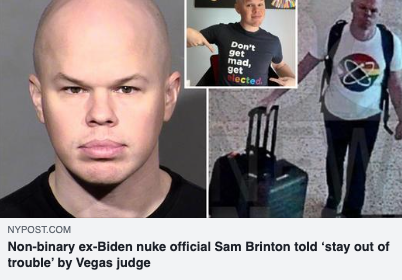Ritualistic Sexual Abuse Shatters a Person at the Deepest Levels
The biggest challenge for the survivor of Ritualistic Sexual Abuse is that they have experienced a profound shattering of their inner world. The level and degree of this type of perpetration is hard to comprehend for the average person, as it is incomprehensible that someone who sadistically harm a child in such a manner, and is inconceivable that a person could perpetrate such evil and inflict such trauma and terror into the heart of a child. This kind of abuse (always involving rape, while other malicious things are done at the same time) is perpetrated repeatedly, over a prolonged period of time (usually years), with a perpetrator who not only has consistent access to the victim, but also a deviant, sadistic and malevolent personality, who does unspeakably horrible things to the victim without any remorse or empathy, and who threatens the victim with serious harm and/or harm to a loved one should the victim try to resist.
The rape victim is too young to be able to stop the abuse, and too vulnerable to be able to fight back. The result is that she/he must endure a continual living nightmare; while, simultaneously, needing to maintain an outward appearance that everything is normal so that no one becomes suspicious and starts asking questions. Thus, the violent abuse continues unabated, while the inside world of the victim becomes shattered and broken into more and multiple pieces, with each part helping to keep the core of the person protected and safe. It is these parts that take come out to take the abuse, absorb the trauma, and keep the information and feelings (i.e. memories) of the abuse from the conscious awareness of the victim, so that she/he does not lose her/his mind.
As the survivor grows, she is left with only fragmented pieces (often time many) of a very damaged inner self, parts of her which are dedicated to protecting against any further hurt, yet also crying out to be heard. And, it is this inner world and persistent internal dialogue that the survivor lives with, tries to make sense of, but that she dare not even mention… for she has heard that “only crazy people hear voices.” And, with all the challenges she faces trying to keep her inner world together, the last thing she needs is for someone to confirm her worst fears that she actually is crazy. She feels crazy, but does not want someone to tell her that she actually is crazy. So, she keeps the “secret” to herself, and all too often suffers in silence.
So, how is one to heal and recover from such internal devastation? Simply put, very slowly, over a long period of time, and within the context of healthy and safe relationships. And, therein lies the challenge for the survivor, since they learned early on that trust invites pain, and to be vulnerable simply invites someone to take advantage of them. Yet, they long for connection, since they have always lived in an inner isolated and secluded world, without the ability to connect with another person, while longing to told they are valuable and loved.
Thus, they have an inner war continuously going on within them, which is characterized by a significant amount of internal dialogue… very pronounced dialogue… as the broken and wounded parts are still there to do what they have always done… to protect, to advise, to guide, and to reassure. But, unfortunately, the parts of them have also learned to mistakenly direct at themselves the anger that the perpetrator actually deserves. So, there is a great deal of self-condemnation too.
So, what is a survivor to do, especially when she cannot find it within herself to consider that this phenomenon is actually true? How is she to risk getting help, when she refuses to ever broach the subject with another person of what she wrestles with on a daily basis?
Those questions will be addressed in forthcoming posts, for there is much to understand about the journey into healing. But, for starters, as the survivor begins the journey toward healing, one of the most important things she/he will need to remember is that healing is a process, and the best means of helping that process is by ensuring that all of those separate parts have a chance to have their say, but have it in an orderly and productive manner. Simply put, it is important for each part to have a voice, while ensuring that "everyone is on the same page."
Working to set up an internal conference room can be a good way of ensuring that everyone participates, has a say, and then agrees to the next step in the healing process... which usually has to do with both communication skills and ensuring safety.











Comments
Post a Comment